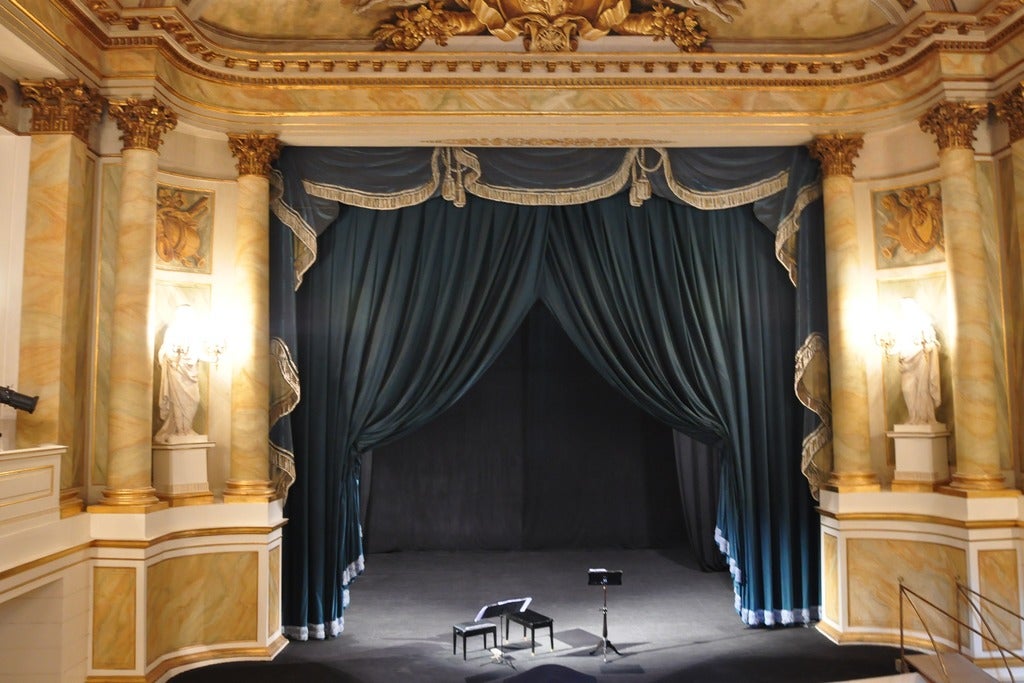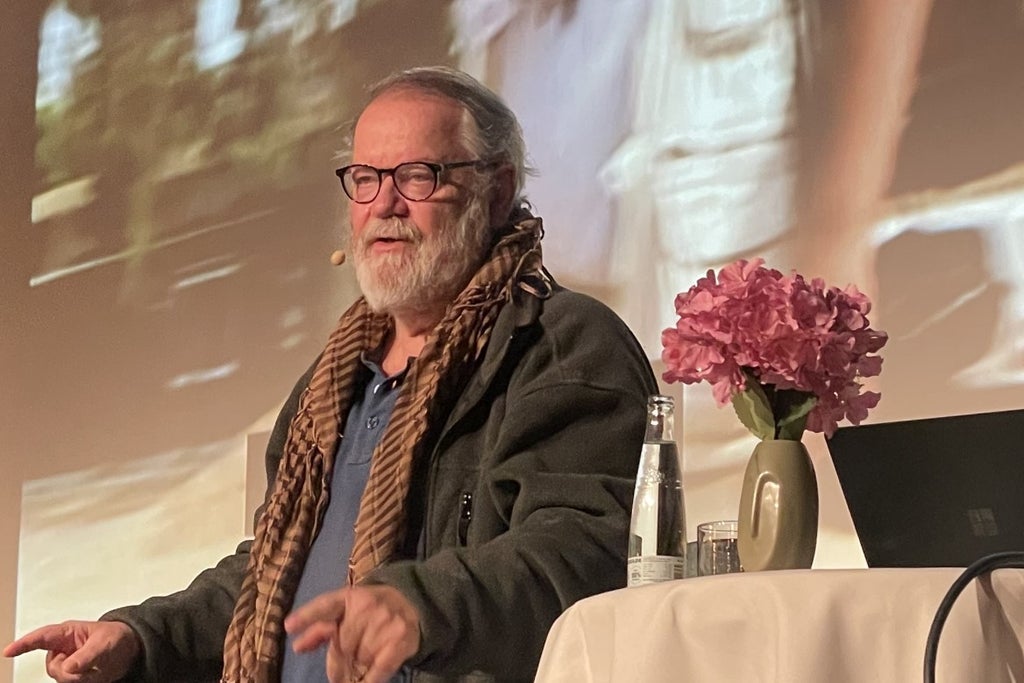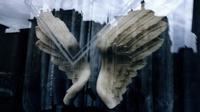Over and above the six pieces he composed for the ballet, Ravel’s entire body of work is an inexhaustible source of choreographic inspiration, no doubt thanks to the spatial potential inherent in his genius for orchestration. Written in the aftermath of the First World War, La Valse is meant to represent the “fantastic, inevitable, swirling” demise of the Viennese waltz and the world it represented. In keeping with that idea, George Balanchine’s 1951 choreography blends apparent joy with a touch of romantic torment. In 1975, in a very different spirit, Jerome Robbins adapted the Piano Concerto in G, composed by Ravel on his return from a tour of the United States during which he had discovered jazz. Framed by two movements reminiscent of musical comedy, a duo of incredible grace exalts the classical vocabulary. Finally, Sidi Larbi Cherkaoui and Damien Jalet conclude the programme with a fascinating Boléro which takes us through a maelstrom of movements electrified by the scenography of artist Marina Abramovi? and costumes by Riccardo Tisci.
Cast and Creative team for Robbins /? balanchine /? cherkaoui, jalet at Opéra National De Paris - Palais Garnier
Music
Maurice Ravel
Concerto pour piano et orchestre en sol majeur
Choreography
Jerome Robbins
Set design
Erté
Costume design
Erté
Lighting design
Jennifer Tipton
La Valse
Music
Maurice Ravel
Choreography
George Balanchine
Set design
Jean Rosenthal
Costume design
Karinska
Boléro
Music
Maurice Ravel
Choreography
Sidi Larbi Cherkaoui
Damien Jalet
Conception
Sidi Larbi Cherkaoui
Damien Jalet
Marina Abramovi?
Scenography
Marina Abramovi?
Costume design
Riccardo Tisci
Lighting design
Urs Schönebaum
Conductor
Maxime Pascal
Videos

|
MON PETIT GRAND FRÈRE - MON PETIT GRAND FRERE
COMEDIE BASTILLE (1/16 - 4/24) | |

|
Foredrag med Steffen Jensen - Livet som korrespondent i Mellemøsten
Pejsegården i Brædstrup (4/10 - 4/10) | |

|
LA BELLE HISTOIRE DES COMEDIES MUSICALES
THEATRE OLYMPIA (5/13 - 5/13) | |

|
Martin Nørgaard - IRONISK?
Hotel Cecil (3/5 - 3/26) | |

|
Jan Gintberg - Miraklet (Live 2025) - UDSOLGT
MCH Herning Kongrescenter (2/27 - 2/27) | |

|
PIAF ! LE SPECTACLE
AUDITORIUM 800 - CITE DES CONGRES (10/19 - 10/19) | |

|
LA VIE EST UNE FETE
THEATRE MUNICIPAL LE COLISEE (4/25 - 4/25) | |
| VIEW SHOWS ADD A SHOW | ||
Recommended For You



